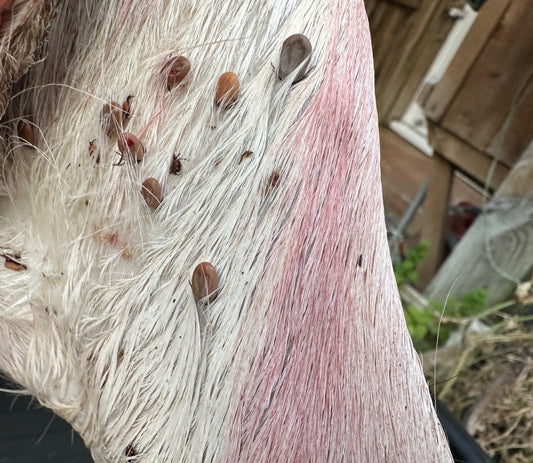As a professional deer manager with years of experience under my belt, I've witnessed firsthand how the clash between leisurely countryside pursuits and professional deer management can manifest. The most common of these encounters is with dog walkers veering off public footpaths onto estate lands designated for deer management. The financial cost and loss of opportunities stemming from these incidents are a concern for landowners and deer managers alike. Here, I aim to dissect the repercussions of such trespassing incidents, underlined by a recent encounter that saw a dog walker disrupting a planned cull on the estate I manage.

The financial implications of trespassing incidents are numerous. Firstly, there are immediate costs to consider. Each culling operation incurs costs in fuel and transportation. Any disruption means these costs yield no return for that particular outing. Time is a valuable resource. Preparing for and executing a cull requires a significant time investment, which is lost if the cull is disrupted. The equipment utilized in deer management is subject to wear and tear, with every outing contributing to the depreciation of these valuable assets.
In addition to immediate costs, there's a loss in potential revenue. Venison sales are a direct revenue stream. A disrupted cull means less venison for sale, translating to lost revenue for the estate.
Moreover, there are lost opportunities to account for. The primary goal of deer management is to maintain a balanced deer population. Trespassing incidents can delay achieving these management goals, which in turn delays the associated financial and ecological benefits. Unpleasant encounters with trespassers can strain relations with the local community, potentially leading to lost opportunities for collaboration and support.
Legal concerns are another domain impacted by trespassing. Disputes arising from trespassing incidents can escalate into legal battles, incurring costs in legal counsel, court fees, and a significant time investment. It's advisable to record interactions during trespassing incidents to avoid false accusations and provide a factual basis should legal disputes arise.

Public perception is a subtle yet critical aspect. Negative interactions during trespassing incidents can erode community support, which is crucial for smooth deer management operations.
There are mitigating measures that can be employed to alleviate the challenges posed by trespassing. Education and engagement are at the forefront. Educating the local community on the importance and legality of deer management can help mitigate trespassing incidents. Clear signage indicating restricted areas and the potential dangers is also crucial. Documenting interactions during trespassing incidents can provide a level of legal protection and could help ward off false accusations.
In conclusion, the financial cost of trespassing on deer management operations is a multifaceted issue. From the immediate costs in time, fuel, and equipment wear and tear to the potential legal disputes and eroded community support, the ripple effects are significant. Engaging with the community, clear demarcation of restricted areas, and legal preparedness are crucial steps in mitigating the challenges posed by trespassing and ensuring the continued success of deer management operations on the estate.




